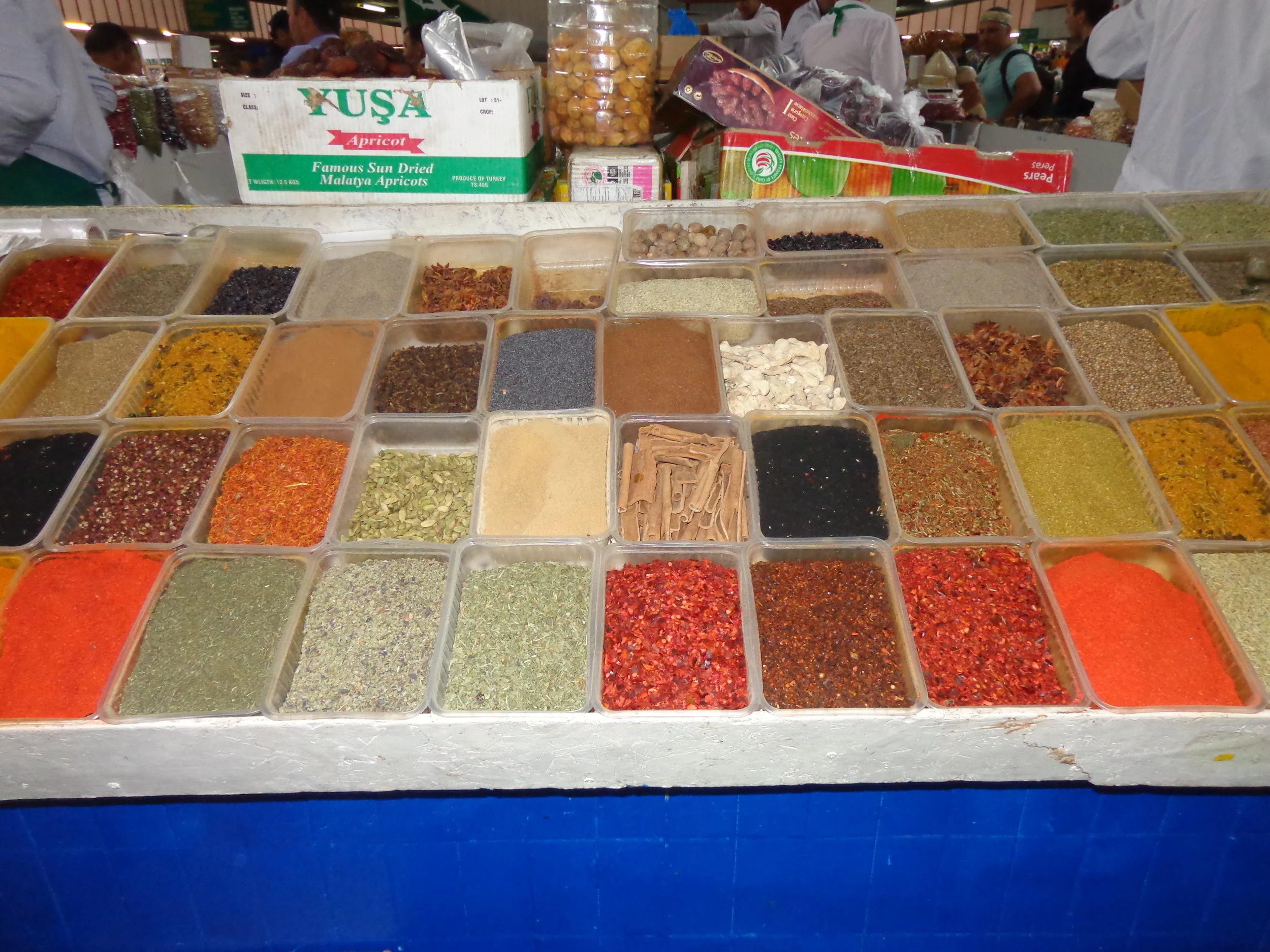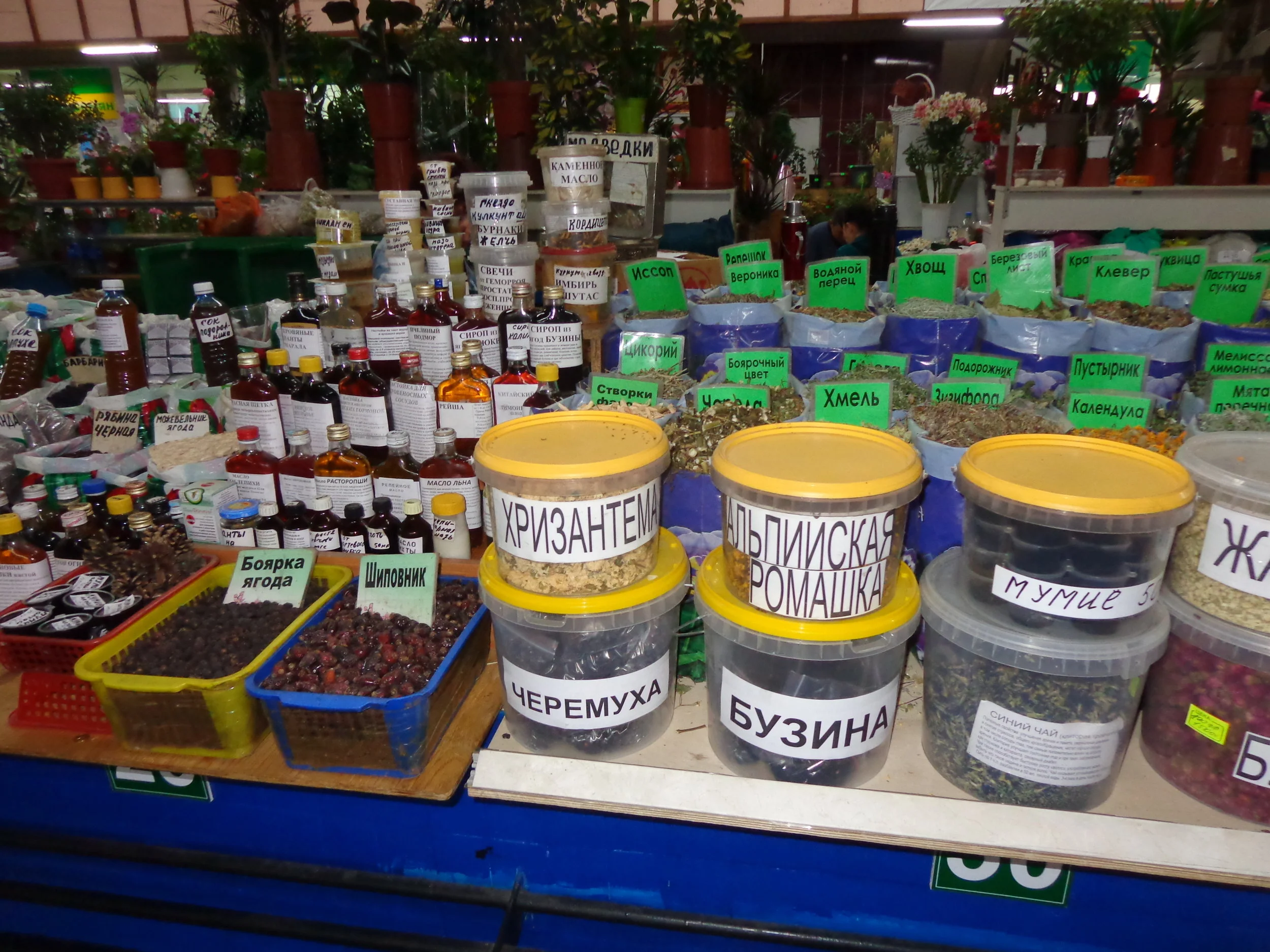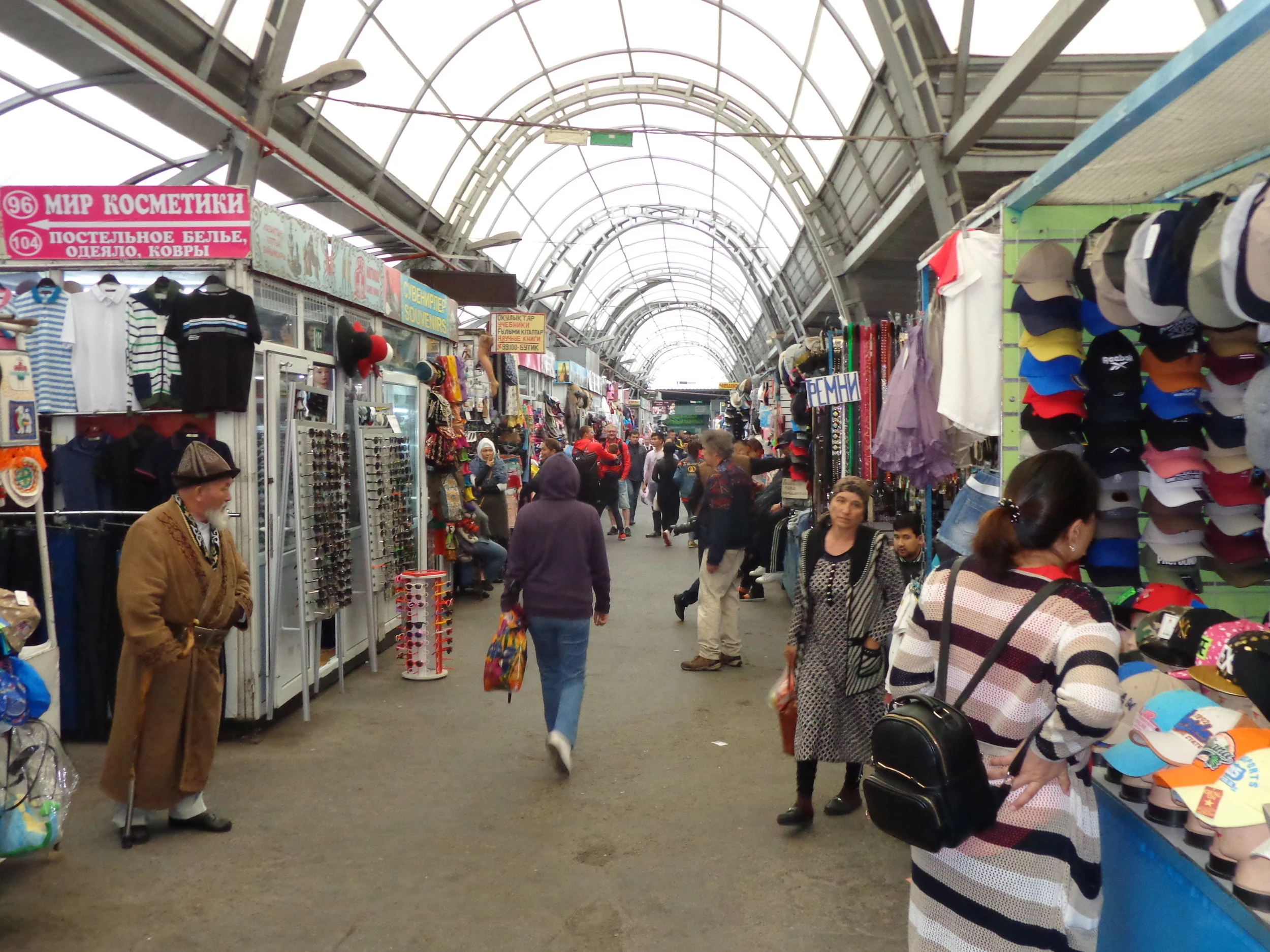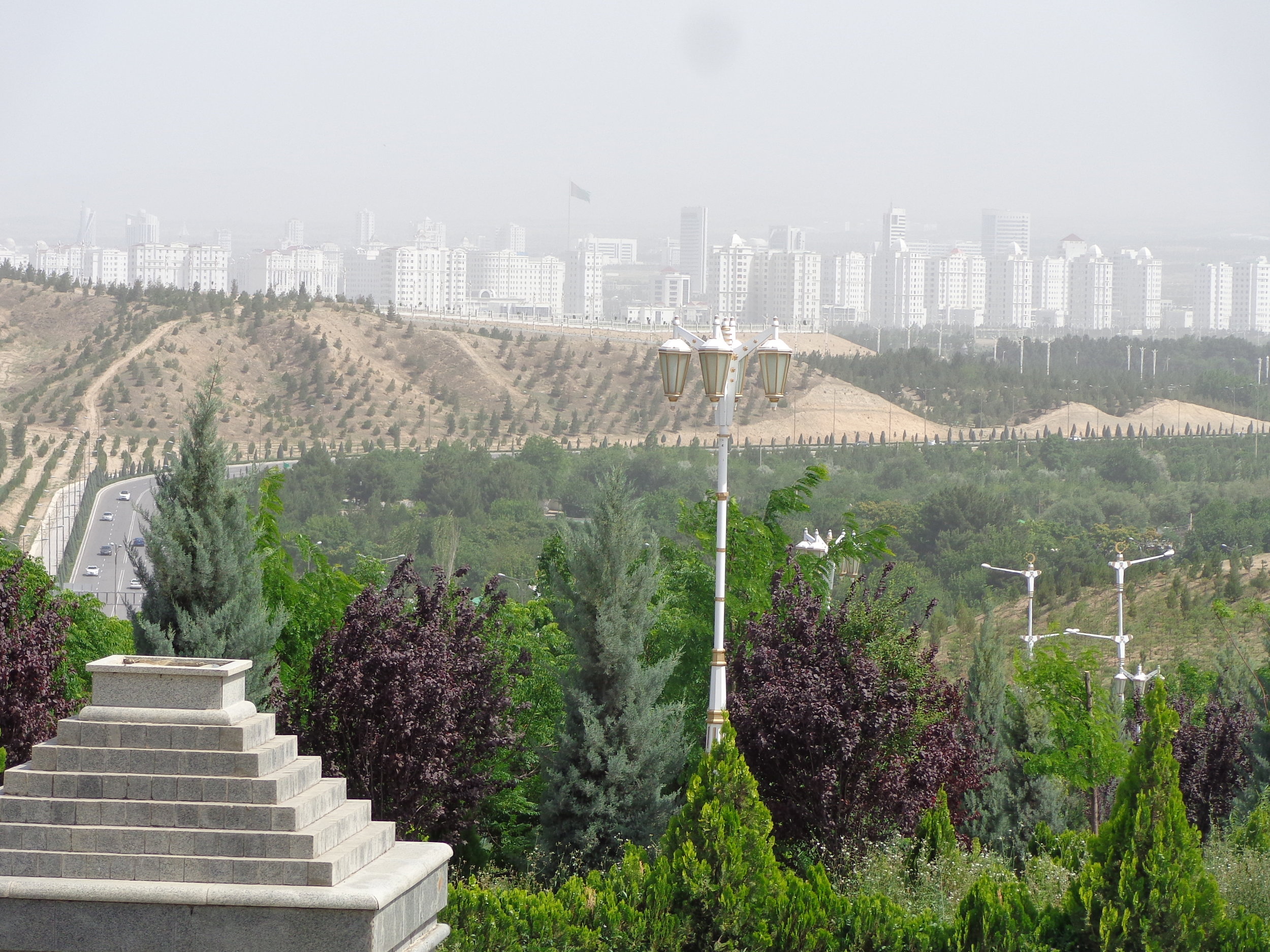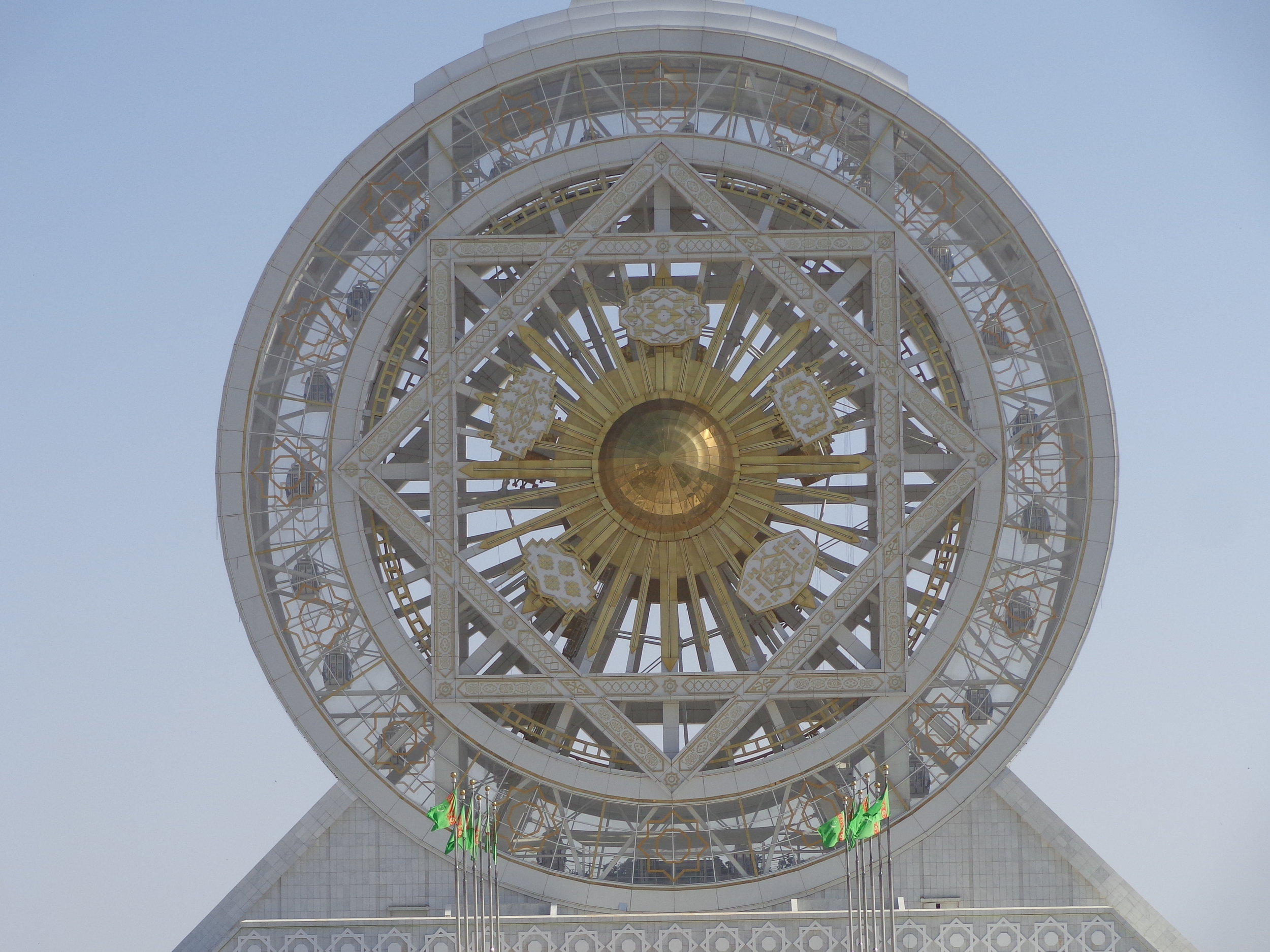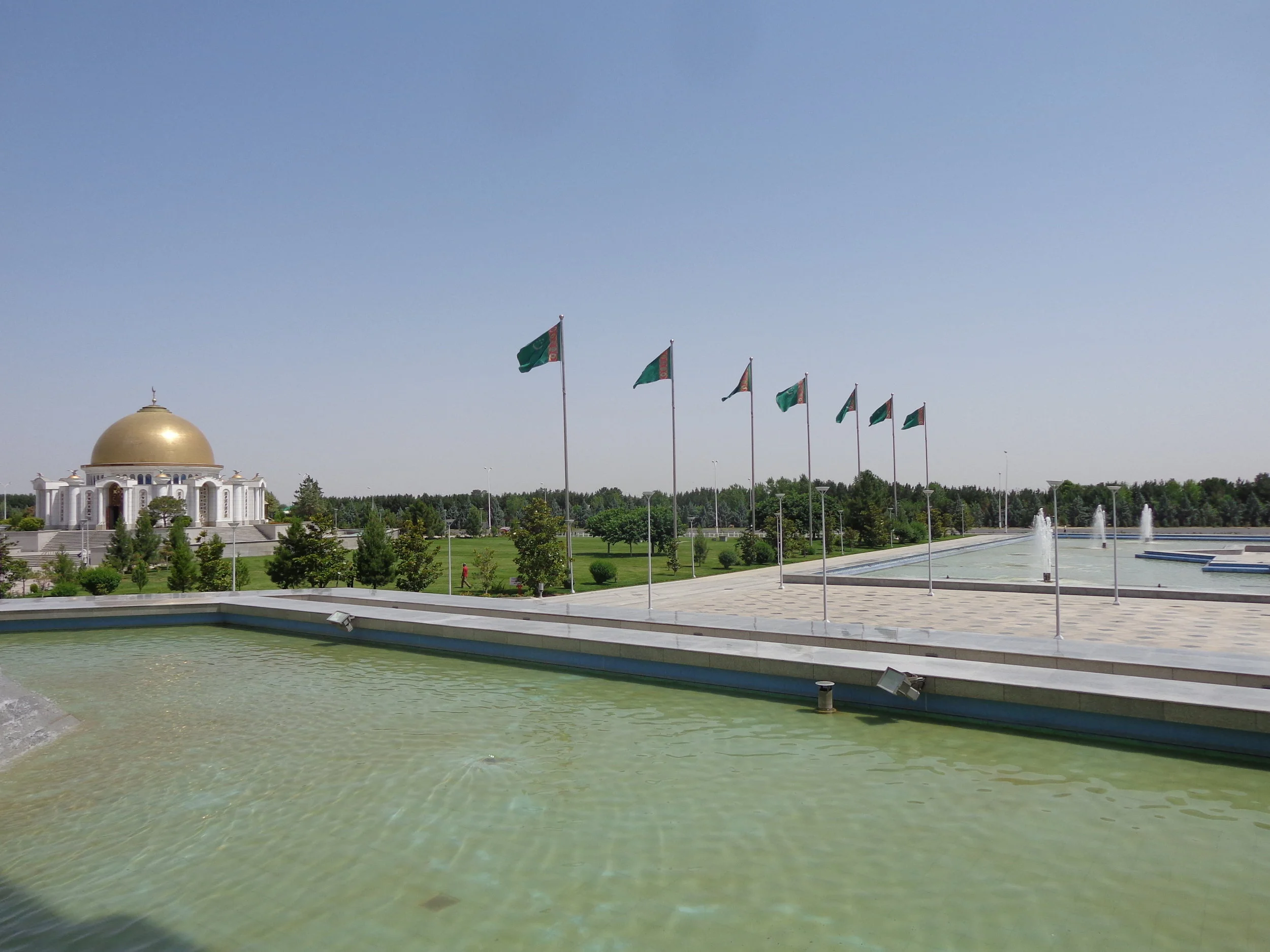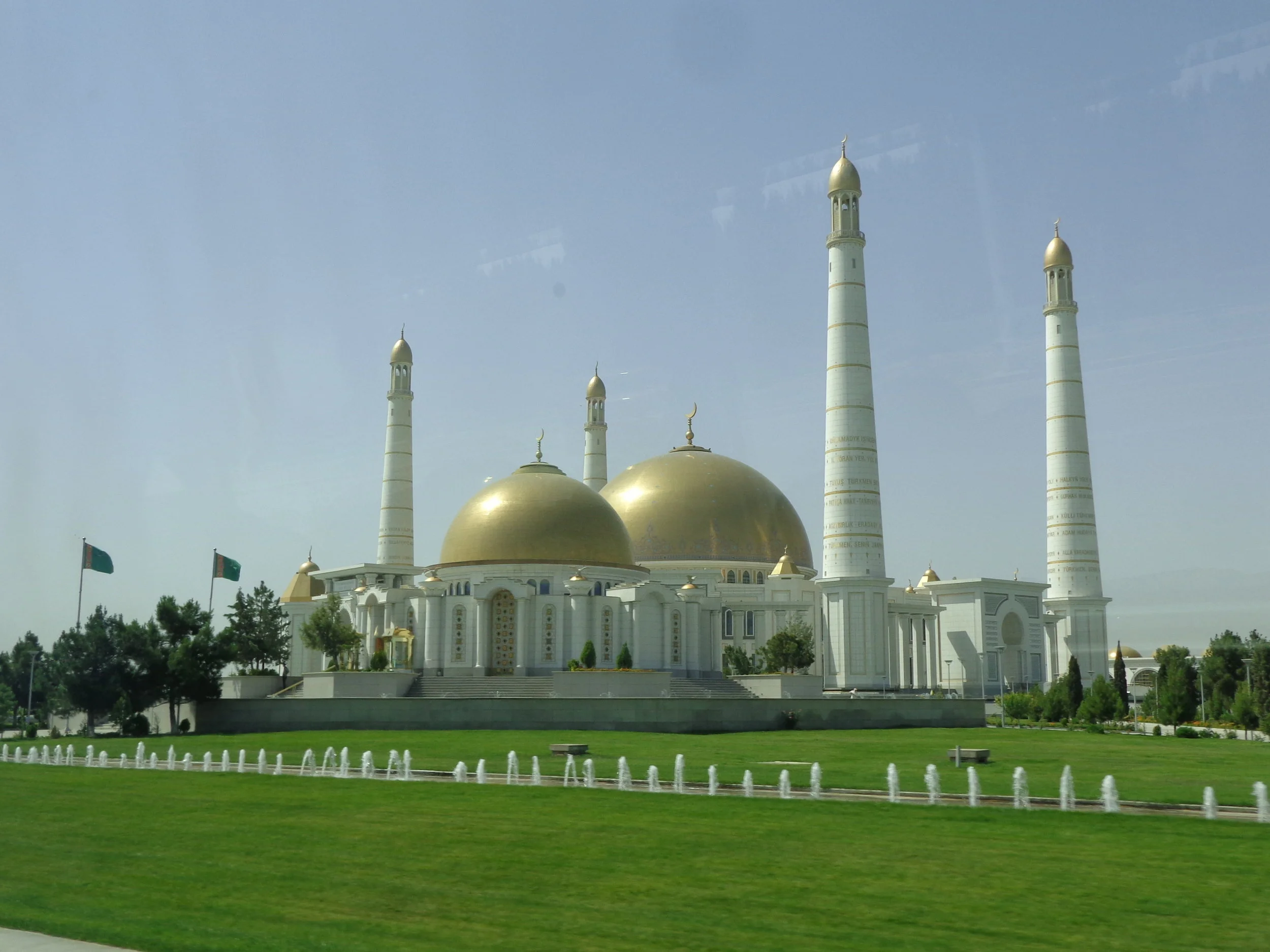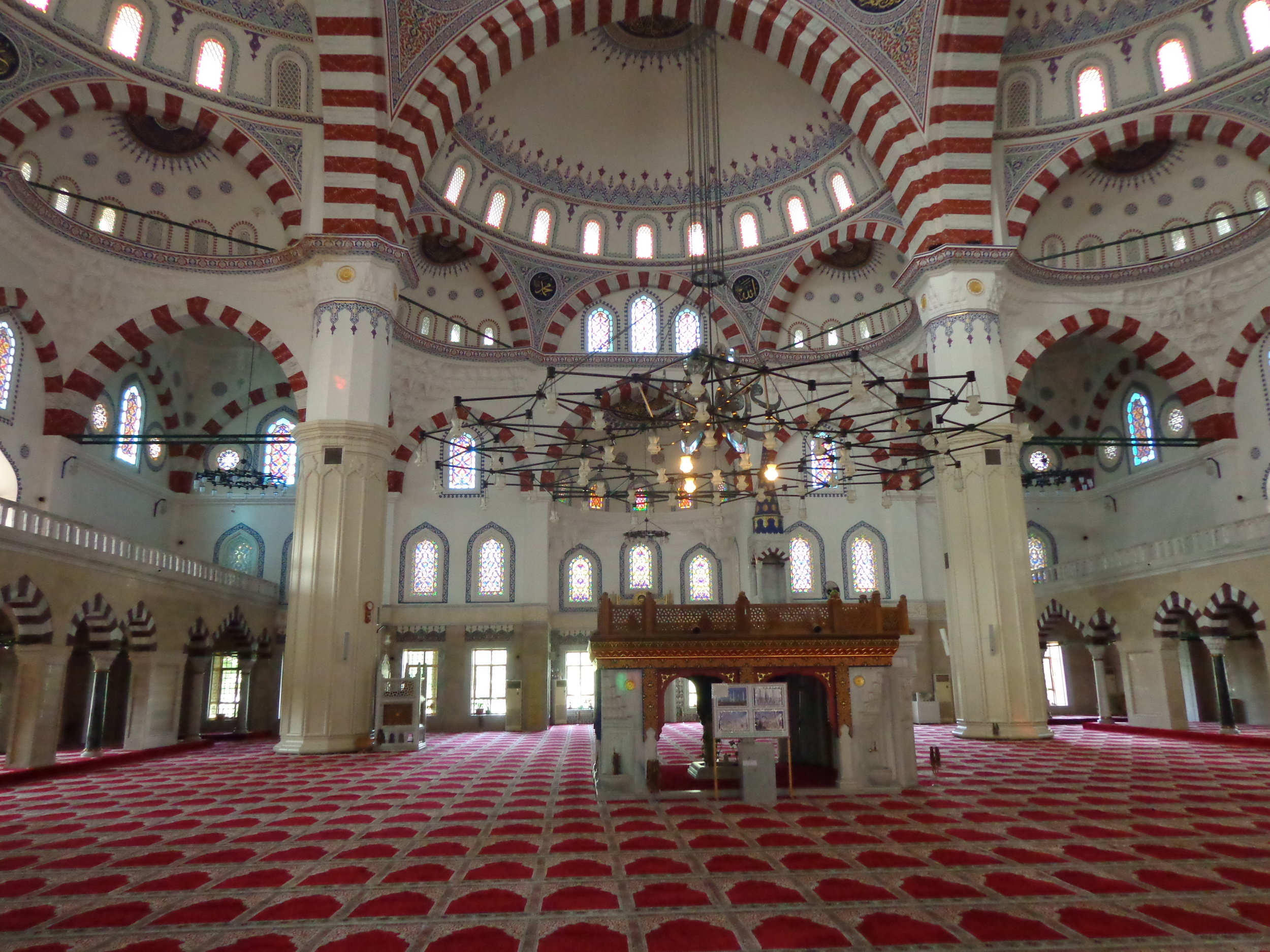I could list 20 things about central Asia that surprised me. I don’t know in what order I would put most of the 20 things, but I know what the number one biggest surprise was: Ashgabat!
Ashgabat was one of the biggest surprises in all of our world travels.
I’m not even sure where to begin with all of what was so surprising about the city of Ashgabat because almost everything about it was surprising. I suppose the first thing is just the sight of it. You come along the old silk road with all the dusty roads and desert areas and aged cities and then you get to Ashgabat. Ashgabat must be the white marble capital of the world. The second most surprising thing was that there were almost no people. After three days here, I came to the conclusion that Ashgabat is really just a giant movie set; it’s not actually a real city at all. I’ll take you through our visit here but it will really be hard to explain it and I’m sure you will all have questions that I probably won’t be able to answer.
First, some background, Ashgabat is the capital and largest city of Turkmenistan. It sits between the Kopet-Dag mountains and the Karakum Desert. Ashgabat is about nineteen miles from Iran. It claims to have over a million people in the city but I doubt I saw more than a few hundred people – and many of them were maintenance or garden workers. Also, Ashgabat was formerly called Ashkhabad, Askhabad, Ashkabad, and Poltoratsk. The city was founded in 1881 as a Russian military outpost. From 1924 to 1990, it was the capital of Turkmenistan, USSR. In 1992, they adopted the Turkmen version of the city’s name, Ashgabat, as they had become the independent nation of Turkmenistan.
How did it get to be, well: Ashgabat? As I understand it, a major earthquake in 1948, the Ashgabat Earthquake, wiped out the entire city and killed some 110,000 people. Stalin never owned up to the extent of this and only reported 14,000 deaths since natural disasters didn’t strike the USSR. At any rate, the Russians rebuilt Ashgabat in their typical Soviet style. But in 1991, Turkmenistan gained independence as the USSR collapsed. Its leader, Turkmenbashi (leader of the Turkmen) immediately bulldozed the city and started a major construction plan to usher into the world “the golden era of Turkmenistan”. You can see the results in these photos and more to come. It’s a white-marbled, golden-domed, wide-boulevard, manicured gardens, lavish water features, fancy street-lighting, neon-lit at night, monument-filled, over-the-top extravaganza! But where were all the people?
Turkmenistan is the seventh “least” visited country in the world with only about 7,000 tourists a year. They don’t need tourist dollars as they have enough natural gas and oil to do just fine. They also have very strict (and bizarre) visa rules and you must go with a guided tour, so they don’t make it easy to visit. How bizarre with the visa? You have to apply to apply for a visa…and that’s not a misprint! You must apply to be able to apply. One tourist on the previous OAT trip was not granted a visa and she had to skip this portion of the trip. I don’t know why.
I was standing by the side of the road to take a photo. Our guide asked what photo I wanted to take. I said just the street with the light standards. He said why don’t you just go stand in the middle of the street, no one is coming. So I did.






